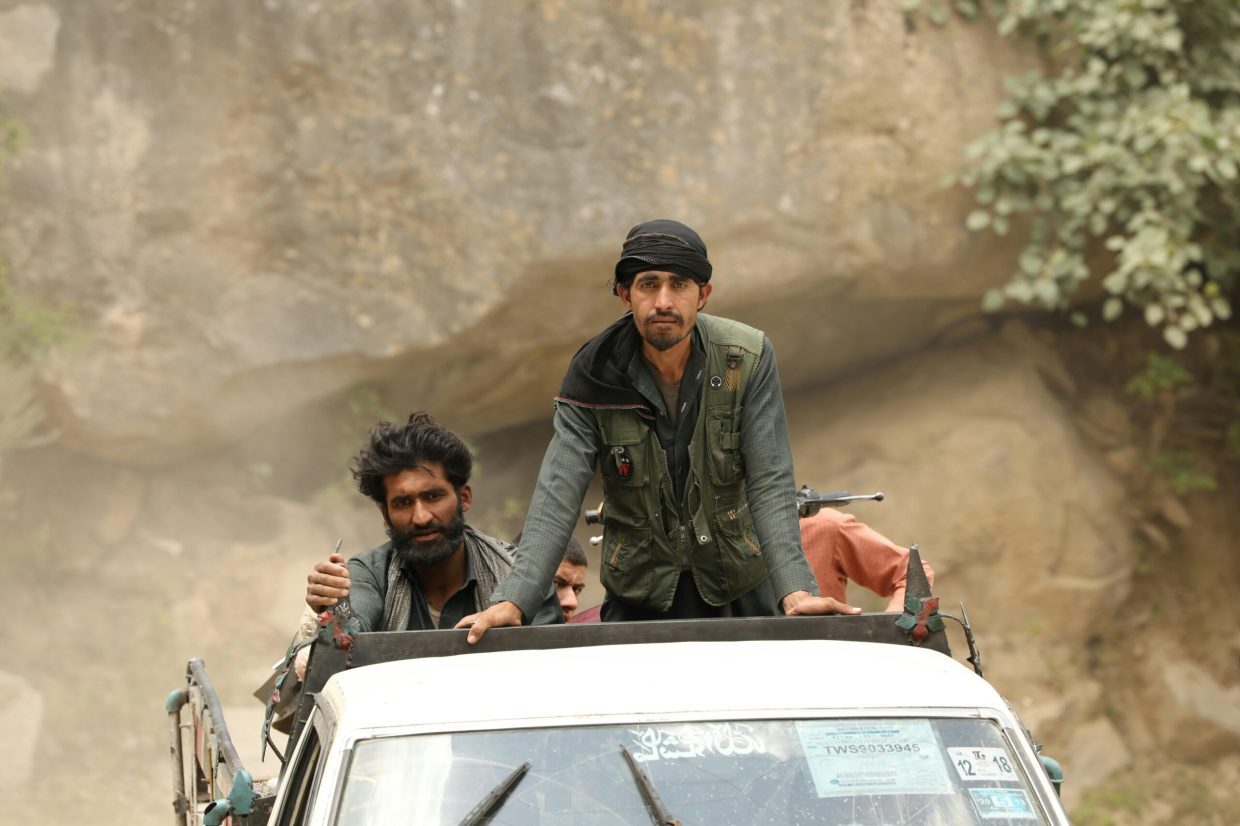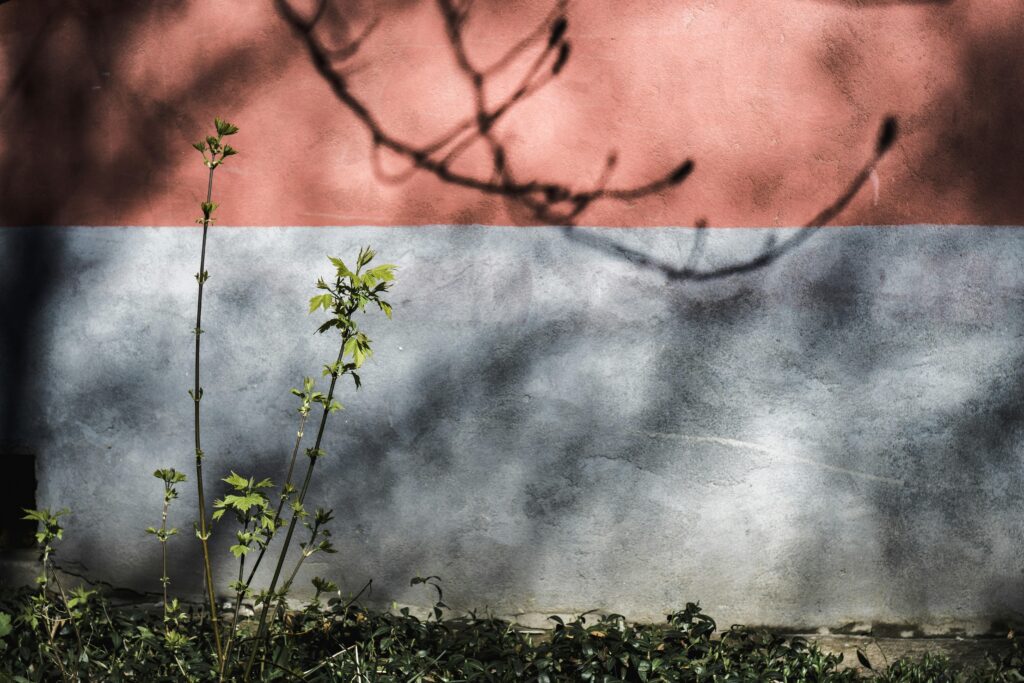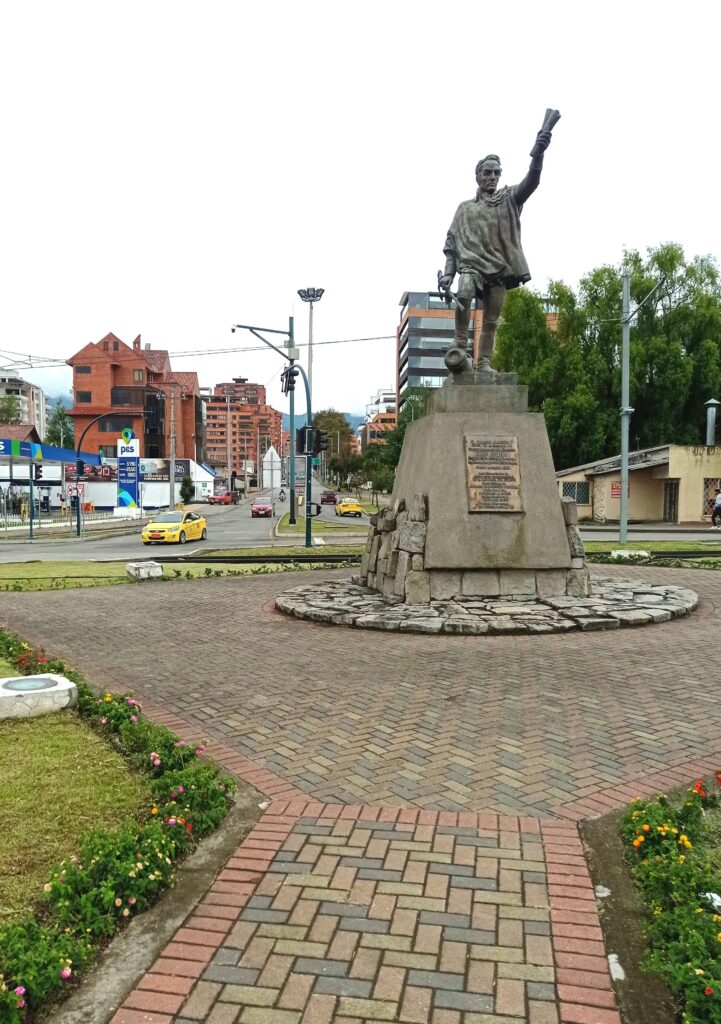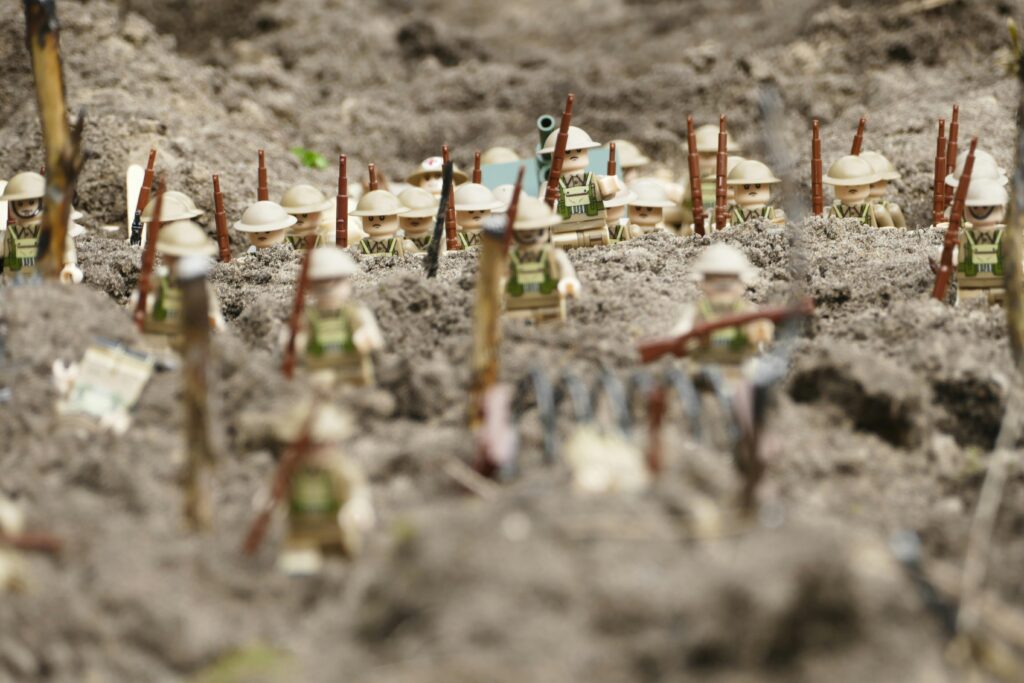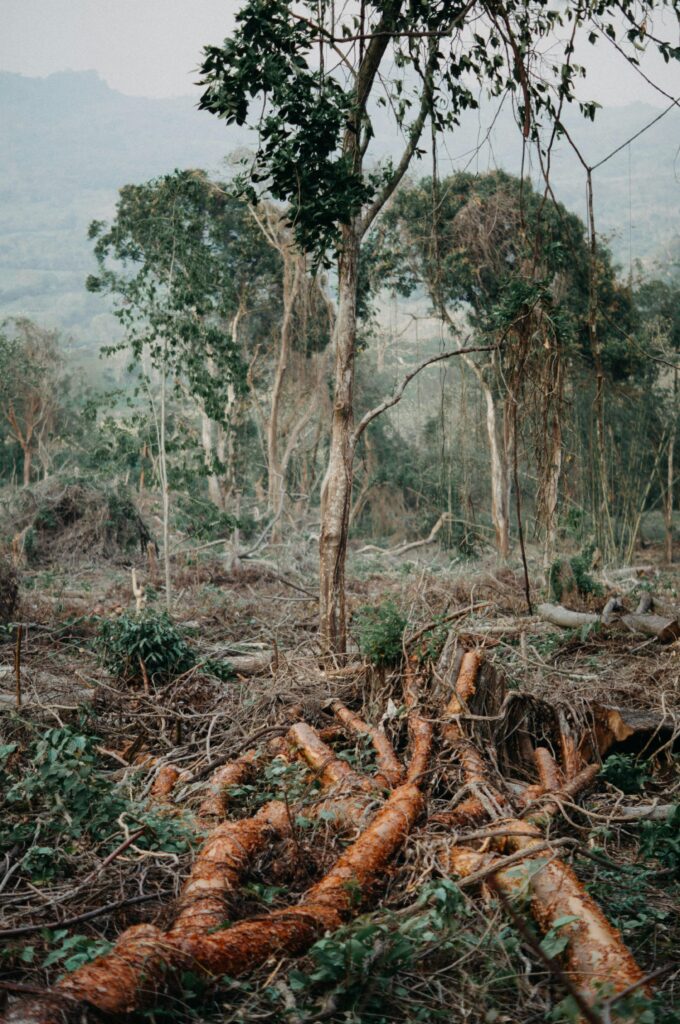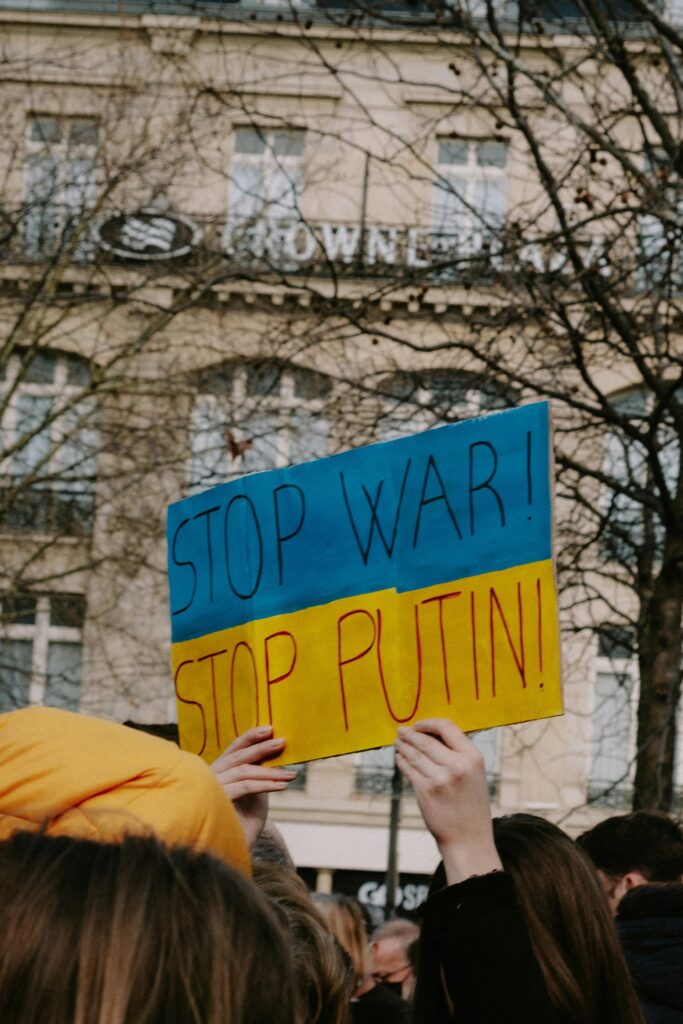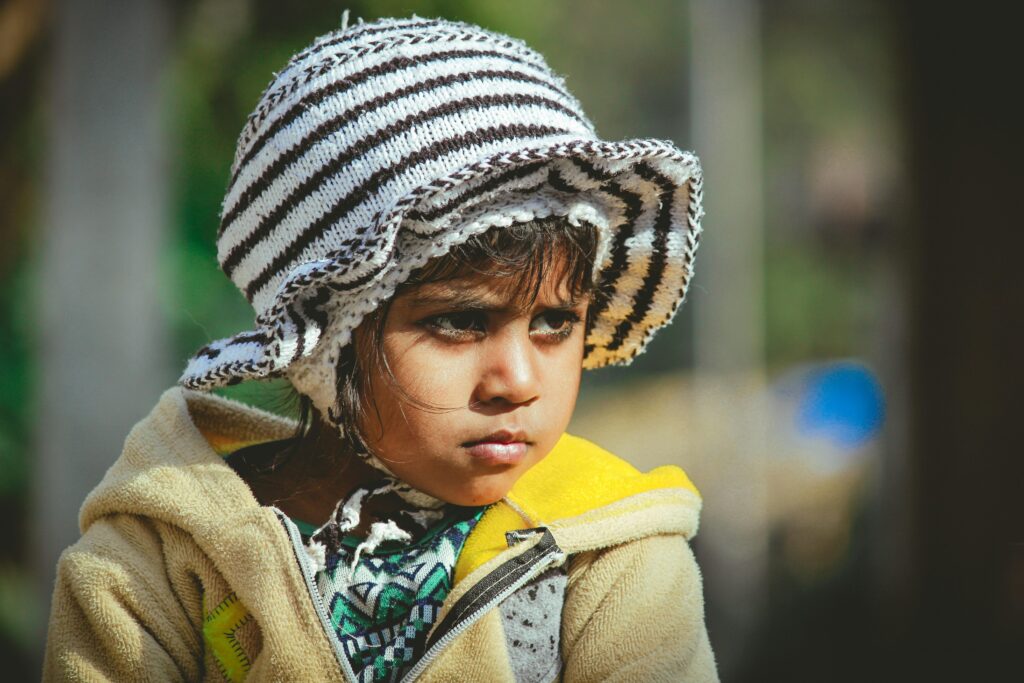The Taliban’s return to power in Afghanistan has left the world watching with a mix of apprehension and curiosity. After two decades of international intervention and a tumultuous political landscape, the question now arises: what’s next for this war-torn nation? In this blog, we’ll explore the possible paths ahead for Afghanistan, delving into the social, political, and humanitarian challenges that lie on the horizon. Join me as we unpack the complexities of the Taliban’s resurgence and what it means for the people of Afghanistan and the global community.
Table of Contents
- The Changing Face of Governance Under the Taliban
- Economic Challenges and Opportunities Ahead
- Human Rights and Social Dynamics in a New Era
- International Relations and Pathways to Stability
- The Way Forward
The Changing Face of Governance Under the Taliban
Since the Taliban’s return to power, Afghanistan has witnessed a dramatic transformation in its administrative machinery and societal frameworks. The group’s governance approach reflects a blend of traditionalist Islamic principles with sporadic attempts at modern statecraft. This dynamic has led to a unique political landscape, where local customs and theocratic law intertwine, influencing everything from judicial decisions to public policy. Notably, the Taliban have reintroduced strict interpretations of Sharia, affecting daily life and individual freedoms in unprecedented ways since their initial fall in 2001.
Despite the international community’s skepticism, the Taliban administration has begun implementing several structural changes aimed at consolidating control and ensuring stability. Key features of their evolving governance include:
- Centralized power through the Supreme Leader and a council of influential clerics
- Reinstatement of religious police to enforce moral codes rigorously
- Strict gender segregation policies affecting education and employment
- Limited engagement with foreign entities, balancing diplomacy with ideological imperatives
Economic Challenges and Opportunities Ahead
The re-emergence of the Taliban as Afghanistan’s governing authority brings with it a complex economic landscape fraught with both daunting obstacles and surprising possibilities. Decades of conflict have severely strained the country’s infrastructure, disrupted trade routes, and left its financial institutions fragile. The international community’s hesitation to recognize or engage with the new administration adds layers of economic isolation, precipitating a sharp reduction in aid and investment. Inflation, soaring unemployment rates, and limited access to global markets are immediate concerns that threaten the livelihoods of millions. Yet, within this turmoil lies a pressing need for innovative economic engagement and rebuilding strategies.
Amidst uncertainty, several factors could pave the way for economic revitalization if approached with foresight. Afghanistan’s vast mineral wealth, long untapped due to instability, could be a cornerstone for growth if security and transparency improve. Additionally, its geographic position as a potential trade corridor linking Central and South Asia presents unique opportunities for regional commerce expansion. Embracing technology and fostering local entrepreneurship may also ignite grassroots economic activity, creating jobs and stimulating resilience. However, the realization of these opportunities will hinge on nuanced policy decisions, international cooperation, and the Taliban’s willingness to adopt inclusive governance that supports sustainable development.
- Challenges: Sanctions, banking restrictions, humanitarian aid cuts
- Opportunities: Mineral resource development, trade corridor potential, digital economy growth
- Key factors: Security stability, international dialogue, inclusive economic policies
Human Rights and Social Dynamics in a New Era
As Afghanistan stands at a precarious crossroads, the social fabric woven through decades of conflict and resilience faces unprecedented strain. The resurgence of the Taliban reshapes societal norms, directly impacting freedoms that many believed were hard-won. Women’s rights, education access, and freedom of expression oscillate between hope and uncertainty, laying bare the complex interplay between tradition and modern aspirations. Observers note that while some communities seek to preserve the progressive strides of the past two decades, others embrace a return to conservative governance—each stance revealing deeper fractures and alliances within Afghan society.
Amidst this shifting landscape, international human rights organizations highlight critical areas demanding attention:
- Protection of minority groups facing potential marginalization or persecution.
- Ensuring unhindered humanitarian aid reaches vulnerable populations.
- The role of youth activism in challenging or adapting to new social orders.
The question lingers: can Afghanistan forge a path that respects human rights while navigating the entrenched social dynamics intensified by recent political upheaval? Understanding these nuances is key to supporting a future where dignity and justice prevail against formidable odds.
International Relations and Pathways to Stability
Afghanistan’s repositioning on the global stage after the Taliban’s resurgence presents a labyrinth of diplomatic challenges and potential opportunities. International actors are cautiously observing, balancing concerns over human rights and terrorism with pragmatic engagement to avoid a vacuum of influence. This delicate dance involves multilateral negotiations, conditional aid frameworks, and the complex task of recognizing a government that remains largely unrecognized. Regional powers like Pakistan, China, and Russia are maneuvering to expand their influence, while Western nations grapple with the implications of disengagement versus containment.
Pathways to sustained stability hinge on several pivotal factors which require synchronized international cooperation:
- Inclusive governance that genuinely represents Afghanistan’s diverse ethnic and political landscape.
- A commitment to human rights and women’s freedoms, which remains a litmus test for global acceptance.
- Counterterrorism assurances paired with transparent monitoring mechanisms.
- Investment in economic development to rebuild infrastructure and create employment opportunities.
The coming months will reveal whether the international community can craft a nuanced path that tempers anxiety with engagement, forging a new chapter in Afghan diplomacy and peacebuilding that transcends old paradigms.
The Way Forward
As Afghanistan faces a new chapter under the Taliban’s return, many questions linger in the air. What will daily life look like for ordinary Afghans? How will the world respond to this shifting landscape? And most importantly, what paths lie ahead for peace, stability, and hope in a country so deeply scarred by decades of conflict? While the future remains uncertain, staying curious and informed is our best way to understand and engage with what’s next for Afghanistan. Let’s keep watching, learning, and asking the tough questions—because the story is far from over.


